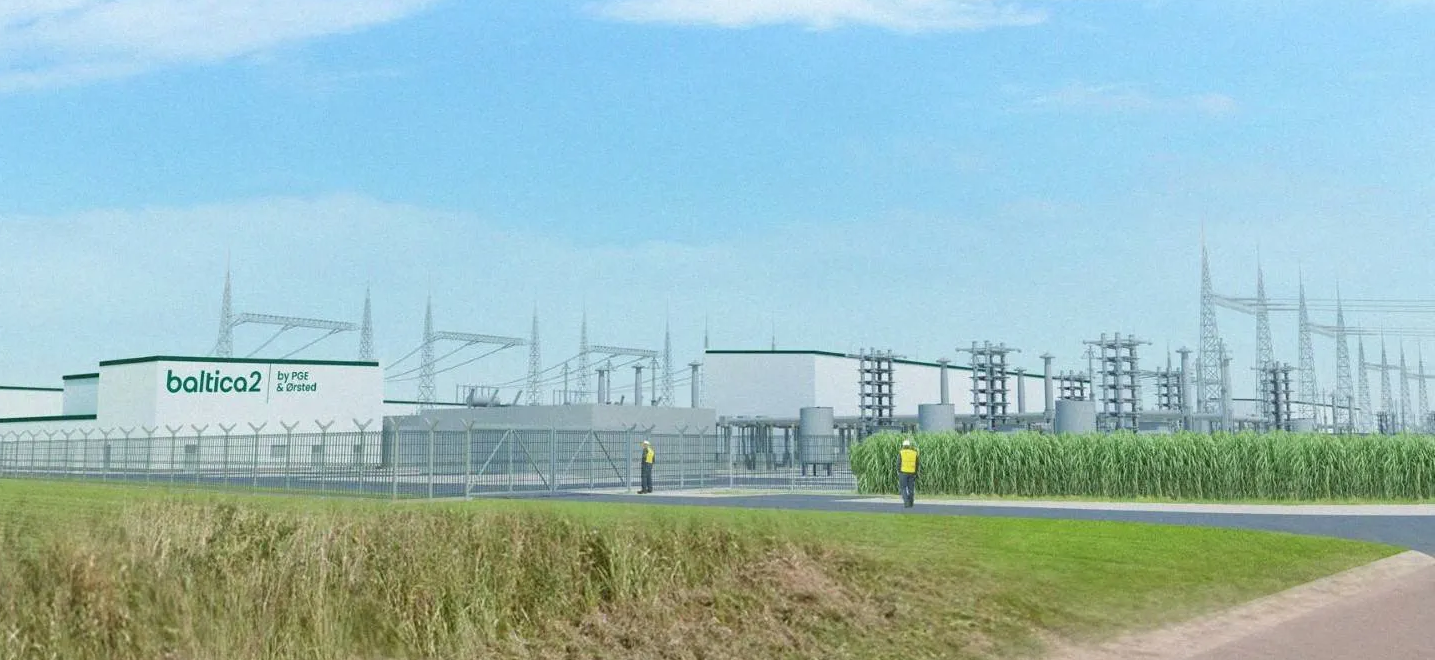Poland, which has long been dependent on coal power, is turning to the Baltic Sea to clean up its grid and join the energy revolution. The country’s north coast is deliciously rich in wind resources, and a joint venture between the PGE Polska Grupa Energetyczna and Ørsted have awarded a consortium made up of GE Vernova and Polimex Mostostal a contract to help build a new offshore wind farm there using the latest transmission and grid automation technologies. The 1.5-gigawatt (GW) project, known as Baltica 2, is expected to transmit carbon-free power to the equivalent of millions of households when completed in 2027. GE Vernova and Polimex are tasked specifically with building the critical onshore substation to handle the electrical flows, ensuring reliable and resilient delivery of renewable energy into Poland’s grid. “Without transmission, there is no energy transition,” says Stefan Hartge, Central Europe business leader at GE Vernova’s Grid Solutions.
Building new wind and solar power is easier and cheaper now than it was in the past. The connecting on-ramps, however—all the interconnections and controls necessary to get that power to homes and business—are the hard part. In the U.S., for example, hundreds of gigawatts of projects are currently held up because they simply can’t get a connection to the larger grid. The GE Vernova and Polimex teams are fortunate to have the necessary building permits in place to allow them to build their own on-ramp, from scratch, on a greenfield development in the Pomerania region of north Poland, according to Cederick Allwardt, sales executive with GE Vernova’s Grid Solutions business. This will help ensure that the construction of the substation goes smoothly and is able to hit the exact completion targets required by PGE Polska Grupa Energetyczna and Ørsted.
Poland’s dependency on coal is in gentle decline, but policymakers are clearly looking to accelerate the drop. Coal in power generation has glided downward from a high of 149 terrawatt-hours (TWh) in 2006 to 127 TWh in 2022. But that still makes Poland the second-biggest user of coal power in Europe, behind Germany. Facing the problem head-on, the country not only has turned to the Baltic for wind power, but has recently connected to the Baltic Pipe, which delivers natural gas from the North Sea. Baltica 2, at 1.5 GW, is also part of a larger project that includes Baltica 3, with 1.0 GW of capacity. They are among the largest offshore wind projects in Europe and together will form a major new addition to Poland’s wind portfolio.
One of those projects involves GE Vernova’s Offshore Wind business, which signed an agreement last October with PGE Capital Group, Poland’s largest energy sector company, to develop a project aimed at testing the use of a GE offshore wind turbine to produce electricity to be used in the production of green hydrogen, reinforcing the focus in Poland on using the latest technology to advance the energy transition.
Poland’s great leap forward into wind power likely means more offshore capacity to come and, accordingly, more substations and transmission capacity. According to Allwardt, in the same area where GE Vernova and Polimex will build their facility—complete with leading-edge static synchronous compensators, or STATCOMS, that can stabilize fluctuating wind power—there is potential to build more. That’s good news, because a big part of the energy transition is not just the switch to clean energy sources but to electricity itself. For the past couple of years, for example, Poland has been a world leader in deploying heat pumps. And every time a heat pump is installed, it can lower demand for natural gas in heating and switch that demand to electricity.
Image credit: PGE Polska Grupa Energetyczna/Ørsted
